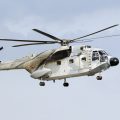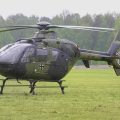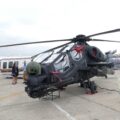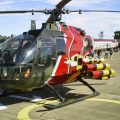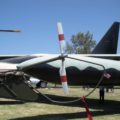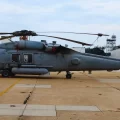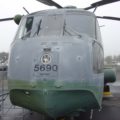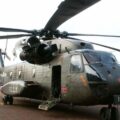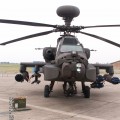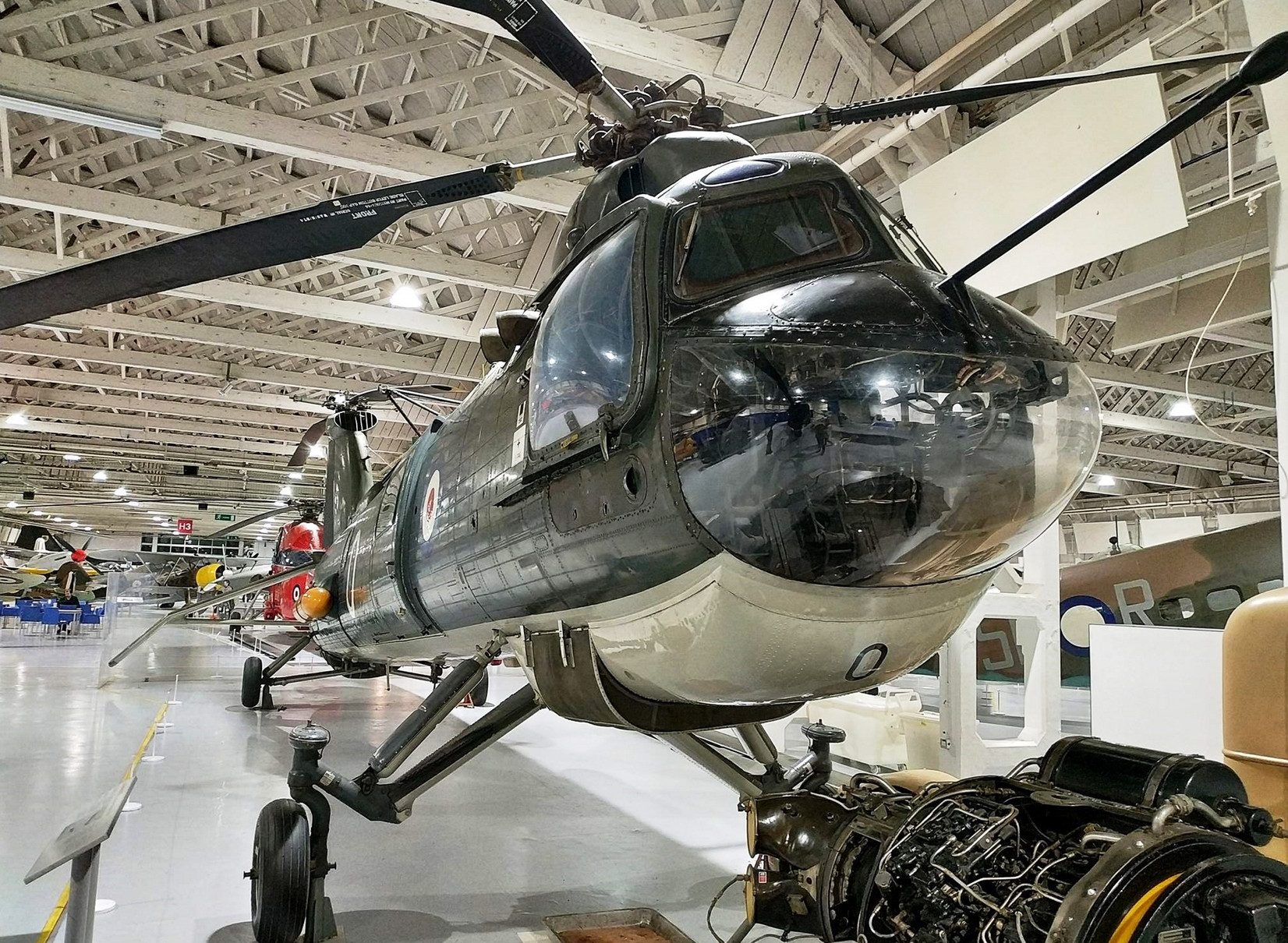
Bristol Belvedere | |
|---|---|
| Zemlja | Velike britanije |
| Ulogu | Teretni helikopter |
| Prvi let | 5 Jul 1958 |
| Izgradio | 26+ |
Čaj Bristol Type 192 Belvedere je britanski dvomotorni, tandem rotor vojni helikopter koji je izgradila aeroplanska kompanija Bristol. Dizajnirao ga je Raul Hafner za razne transportne uloge, uključujući transport trupa, pad snabdevanja i evakuaciju žrtava. Njime je upravljalo Kraljevsko vazduhoplovstvo (RAF) od 1961. Belvedere je bio jedini britanski tandem rotor helikopter koji je ušao u proizvodnju, i jedan od retkih koje nisu izgradili Pjasecki ili Boing.
| Westland Type 192 Belvedere HC 1 Walk Around | |
|---|---|
| Fotograf | Nepoznato |
| Lokalizacija | Nepoznato |
| Fotografije | 34 |
Srodni kompleti:
Pronađi komplete na eBay-u:
Pogledajte i:
Bristol Belvedere je bio izuzetan helikopter koji je služio u raznim ulogama za britansku vojsku. Dizajnirao ga je Raul Hafner, pionir rotorkraft inženjeringa, koji je prethodno napravio Bristol Sycamore. Belvedere je imao dva motora i dva rotora montirana u tandemu, što mu je dalo više snage i stabilnosti od konvencionalnih helikoptera sa jednim rotorom. Ona bi mogla da ponese do 18 vojnika ili 12 nosila, kao i teret i oružje ispod svog trupa.
Belvedere potiče iz civilnog projekta Bristol Tip 173, koji je prvi put leteo 1952. Međutim, tip 173 je otkazan i Bristol se fokusirao na razvoj pomorskih verzija helikoptera za protiv-podmorničko ratovanje. One su takođe otkazane, ali je Kraljevsko vazduhoplovstvo pokazalo interesovanje za korišćenje helikoptera za misije transporta i podrške. Tako je rođen Bristol tip 192 Belvedere.
Prvi prototip Belvederea leteo je 5. Bio je raspoređen na raznim lokacijama širom sveta, uključujući Aden , Borneo , Kipar , Nemačku , Hong Kong , Malaju i Singapur. Ona je obavljala zadatke kao što su transport trupa, pad snabdevanja, evakuacija žrtava, spasavanje iz vazduha i vatrogasne borbe. Takođe je korišćen za obuku padobranaca i specijalne operacije.
Belvedere je imao neke mane koje su ograničavale njegov učinak i popularnost. Prednja oprema za sletanje je bila previsoka da bi omogućila lak pristup vratima kabine. Motori su bili gnusni i zauzeli su prostor unutar kabine. Rotori su generisali snažno pranje koje je otežavalo utovar i istovar. Helikopter je takođe patio od problema sa odgovornošću i visokih troškova održavanja.
Belvedere je penzionisan iz službe 1969. Zamenjen je modernijim helikopterima kao љto su Vestlend Veseks i Puma. Samo jedan Belvedere preživljava danas u Muzeju helikoptera (UK) (en) u Veston-super-Mareu.
Views : 404



